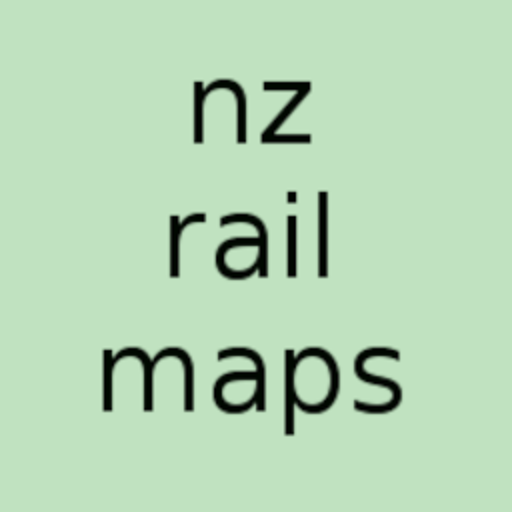Last post we took a quick introductory look at issues pertaining especially to the Main North Line which was completely closed to all rail freight for around two years as a result of major earthquake damage, and consequently lost all freight haulage to road. Kiwirail was, and is, majorly hampered in the situation by not having its own fleet of trucks for segments where goods must be transferred by road at some stage of their journey. When the rail network was first privatised in 1993, Tranz Rail operated a trucking fleet to enable it to offer a full door to door service to its customers, and this fleet passed over to Toll when they took over in 2001 and they in fact continued in a number of locations to make use of railfreight sheds on Kiwirail yards for years after the Government bought back the rail operations in 2008.
Part of the problem for rail freight as a whole is that Kiwirail must wholly rely on private road freight operators to generate the business for them as KRL have no door to door collection service of their own, therefore it falls onto road transport operators to service this requirement giving them an opportunity to undercut Kiwirail by offering the customers contracts all the way by road. Whilst it is extremely doubtful that Kiwirail if it had its own trucking fleet would have been able to service all of the rail freight that had to be transferred to road in the two years the MNL was closed, it remains a fact that since 2008 most of the rail freight loading facilities have been transferred to road transport companies and those companies pick and choose what they will send by rail and what will go by road. Thus Kiwirail has lost control of being able to offer a full door to door service to customers and is effectively reduced to the role of a haulage provider in competition with numerous road freight operators but without being able to work directly with customers as they do and without the ability to compete head on with them.
Anyhow the real question for the Government is what has it done in order to help tilt the playing field back in favour of rail, because although there has been a big investment into infrastructure and equipment for the rail network and this will yield dividends in the form of increased capacity and improvements in running times, by itself this is not enough to win traffic back onto rail as we noted, the last government allowed HPMVs to eat into rail freight efficiency advantages by increasing truck loads by 50%. This then requires a set of policies that is advantageous to rail by encouraging mode shift. An example clearly can be seen in the recently reopened Wairoa line, trumpeted quite loudly by NZ First as one of their flagship pro-rail policies and in a similar vein to their unsuccessful campaign to re-open the Gisborne line – neither was actually wanted by Kiwirail and the Wairoa line has yet to deliver significant or economic volume in log traffic, and this will prove to be the case for rail operations around the country unless incentives are able to be funded. One of the more successful examples under the Clark Government in the 2000s was the ATR or “Alternatives To Road” programme that created these incentives around the country.
In the current term, Labour has chosen to effectively kowtow to local government lobbying, as it has on many areas of transport policy to an unsatisfactory extent, and outsource the role of mode shift incentivisation to regional or unitary councils around the country. This exploits the knowledge that most ports are owned by regional councils and they compete effectively for business against each other and depend heavily on rail freight to shift their tonnages between customers and port terminals. This means that in respect of the Main North Line the two regional councils involved are Marlborough and Canterbury. This one size fits all strategy however in reality only benefits a small number of regions and as such the Government should be backing this up with a national strategy for those areas that do not fit its model. But at this stage we are not seeing that degree of recognition of the failings and as long as that is the case, the Main North Line will not be able to win a large volume of rail freight. We’ll look into the issues in more depth in the next article of this series.
